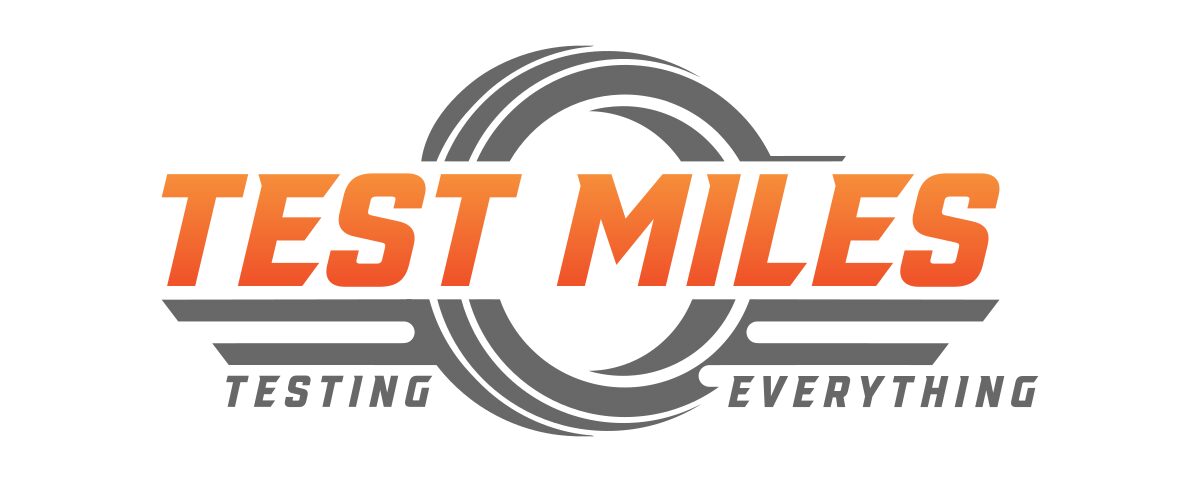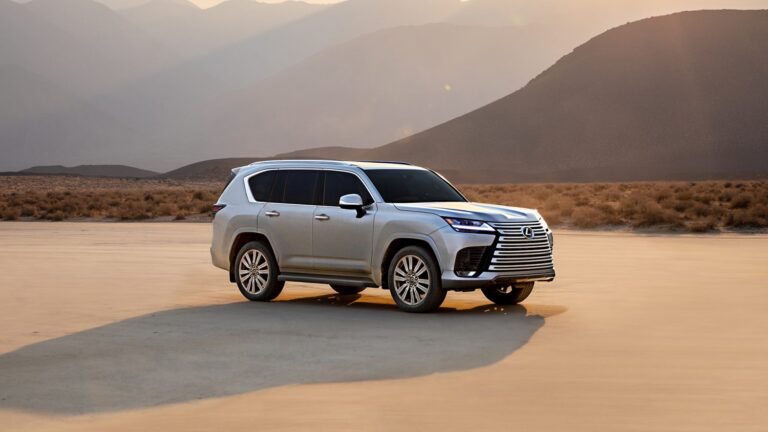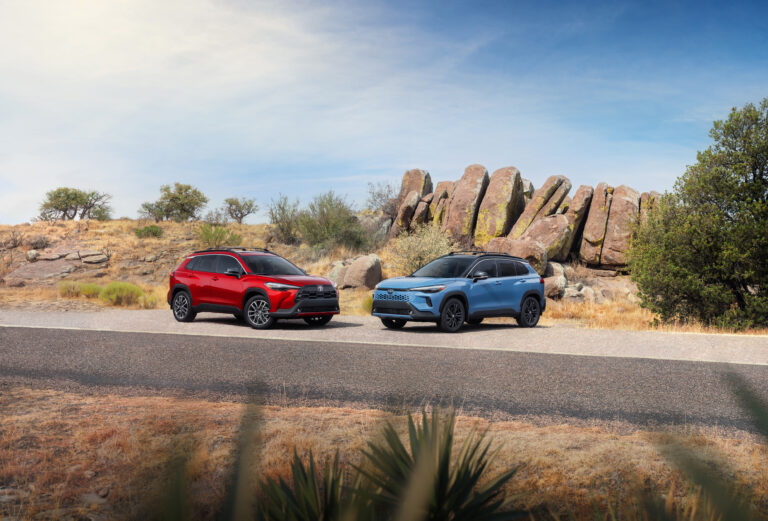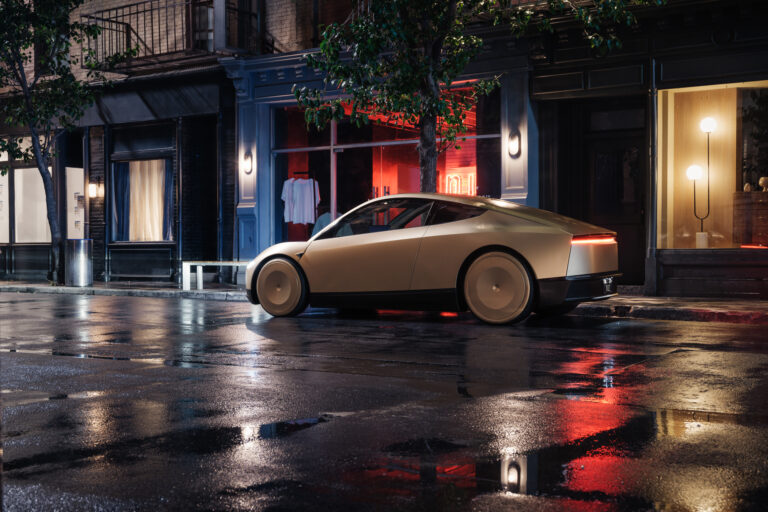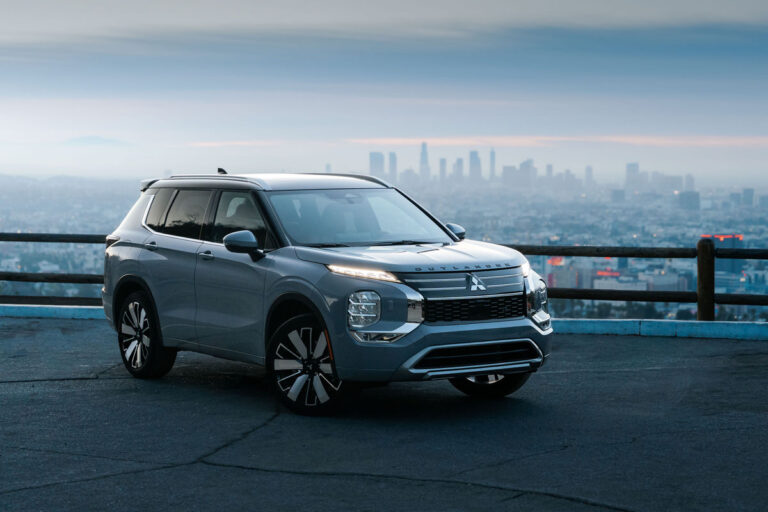BMW X5 Offers Five Drivetrain Options Including Hydrogen
The BMW X5 offers five drivetrain options, giving drivers a choice between electric, hybrid, gasoline, diesel, and hydrogen fuel cell power in one model range.
BMW makes history with five drivetrain technologies in one model, including its first production hydrogen-powered SUV.
BMW has always been a brand comfortable with challenging the status quo. This week in New York, the German automaker confirmed the new BMW X5 will become the first vehicle in its class to launch with five drivetrain variants: battery electric, plug-in hybrid, gasoline, diesel (outside the U.S.), and hydrogen fuel cell. Alongside this, BMW announced the HyMoS (Hydrogen Mobility at Scale) initiative to promote hydrogen ecosystems and expand fueling infrastructure, initially in Germany.
You may also like: BMW Neue Klasse: What We Know Ahead of Its Reveal

Why does this matter right now?
The timing is critical. The global automotive industry is wrestling with how best to decarbonize while still meeting the diverse needs of drivers. Battery electric vehicles dominate headlines, but they are not the universal solution. Long charging times, range limitations, and infrastructure gaps continue to frustrate buyers, particularly in rural regions. Hydrogen fuel cells, meanwhile, promise fast refueling, long range, and the ability to integrate renewable energy storage into the grid.
BMW’s strategy is “technology-open,” meaning it refuses to pick a single winner. By offering everything from gasoline to hydrogen, the company is hedging its bets and addressing customers in multiple markets at once. This is no small task, but BMW’s global footprint and flexible production facilities like its Spartanburg plant in South Carolina make it possible. That plant alone builds over 1,500 vehicles per day and has produced more than 7 million vehicles since 1994.
The HyMoS initiative is another reason this launch matters. Without fueling stations, hydrogen is a theoretical exercise. By collaborating with industry and institutional partners, BMW hopes to accelerate a viable hydrogen network. That’s good news for trucks, buses, and eventually passenger cars that might otherwise be locked out of the clean mobility transition. For context, this recent TestMiles article explores how charging infrastructure remains one of the key obstacles to mass EV adoption.
You may also like: BMW’s iX Is the Most Misunderstood EV in America

How does it compare to rivals?
No other automaker currently offers this level of drivetrain diversity in a single model. Tesla remains fully committed to battery electric. Toyota is advancing hydrogen but has no comparable SUV with five powertrains. Mercedes, Audi, and Lexus are expanding electrified lineups but still segregate technologies into separate vehicles.
The iX5 Hydrogen itself is being developed in partnership with Toyota. This collaboration leverages Toyota’s hydrogen experience while applying BMW’s engineering discipline and driving dynamics. The third-generation fuel cell technology underpinning the iX5 promises a more compact, powerful, and efficient system than the prototypes seen so far. That should translate to better range, higher output, and lower energy consumption. Simply put, BMW is playing in multiple leagues at once while most competitors are still choosing a pitch.
It’s also worth noting that diesel remains a viable solution in parts of Europe, even as it fades in the U.S. BMW’s inclusion of diesel keeps the X5 relevant in those markets. As TestMiles noted in a recent coverage of European emissions policy, clean diesel technology continues to evolve despite criticism.
You may also like: “BMW’s Seven-Millionth Milestone: The ALPINA XB7 Takes …

Who is this for and who should skip it?
The new BMW X5 is for buyers who want flexibility and futureproofing in a single model range. Families in the U.S. may gravitate toward the gasoline or plug-in hybrid options, where convenience and lower upfront cost still matter. Urban professionals may prefer the battery electric drivetrain with easy access to home charging. Forward-thinking early adopters especially in Europe will be the first to line up for the hydrogen version, eager to test BMW’s promise of quick refueling and long-range driving.
On the flip side, this SUV may not be ideal for the budget-conscious. BMW’s X5 line has never been inexpensive, and the addition of advanced drivetrains like fuel cells will only raise the stakes. Those living in regions without hydrogen infrastructure may find the promise appealing but impractical. If your nearest hydrogen station is hundreds of miles away, a fuel cell SUV is more concept than car. And if you are a Tesla devotee, BMW’s multi-technology strategy might seem indecisive rather than visionary.
You may also like: 2026 Detroit Auto Show Set for Major Comeback

What is the long-term significance?
In the long run, the BMW X5’s drivetrain buffet could shape how the industry approaches decarbonization. The company is sending a clear signal: there will not be a single “correct” path to clean mobility. Instead, multiple technologies will coexist, tailored to regional energy policies, infrastructure readiness, and customer habits.
Hydrogen may not win in every market, but its ability to act as an energy storage medium could prove decisive. It can smooth the peaks and valleys of renewable energy production while allowing vehicles to refuel in minutes rather than hours. The HyMoS initiative could be just as important as the vehicles themselves, building the ecosystem required for hydrogen to scale.
Meanwhile, BMW’s strategy reinforces its reputation as a technological pioneer. By 2028, the X5 range will include two types of electric drivetrain battery and hydrogen alongside combustion and hybrid options. This breadth of choice is unmatched and could allow BMW to adapt more quickly if one technology falters or another surges ahead. As TestMiles highlighted in a recent industry trends report, flexibility is increasingly the ultimate competitive advantage.
You may also like: US Cuts Japan Auto Tariffs to 15 Percent
Ultimately, the X5 becomes a metaphor for the industry’s future: not one road, but many, all leading toward lower emissions and greater choice for the consumer.
Call to Action: Stay with TestMiles for more updates on BMW, hydrogen mobility, and the ever-changing road ahead.
